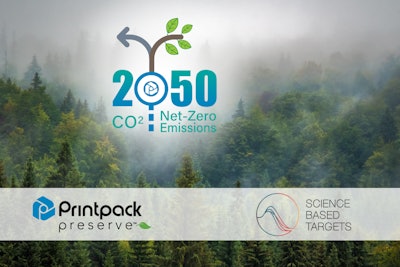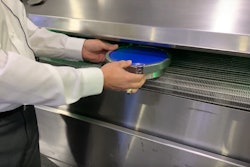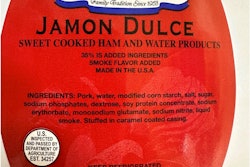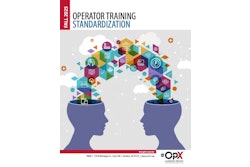
This content was written and submitted by the supplier. It has only been modified to comply with this publication’s space and style.
Printpack recognizes the crucial role the business community plays in minimizing the risk that climate change poses to the future of our planet. As such, Printpack has committed to near-term, science-based emissions reduction targets in line with SBTi Criteria and Recommendations.
In addition, Printpack has committed to Net Zero value chain greenhouse gas emissions by 2050. Printpack has invested in dedicated resources for decarbonization and is collaborating with its suppliers and customers to achieve our respective targets.
Tom Seidel, Director, Sustainability and Market Development stated, "By committing to Science Based Targets and dedicating additional talent to decarbonization, Printpack is accelerating our established Scope 1 & 2 efforts and substantially bolstering Scope 3 emissions reduction activities. Our customers, our associates, the communities in which we operate, and all other stakeholders can rely on Printpack to follow through on our commitments.”





















